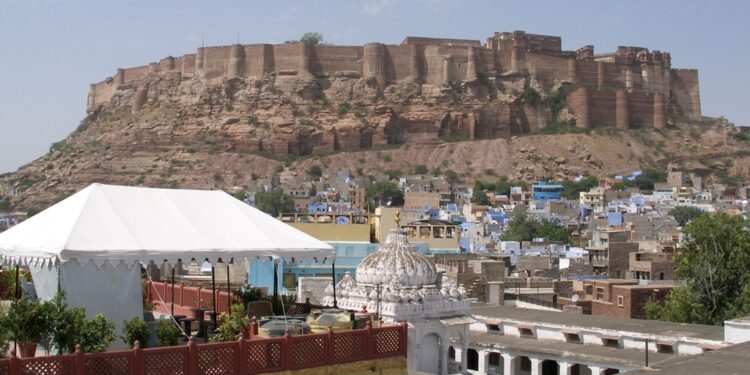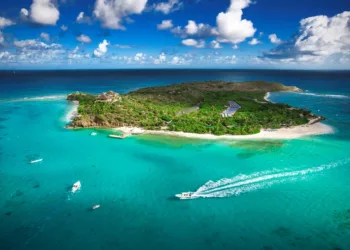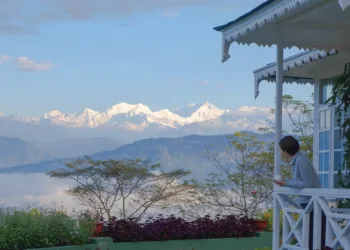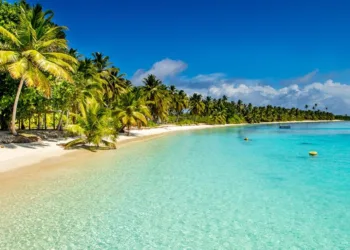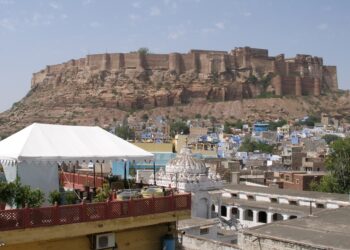This holiday season, Rajasthan’s historical city, Jodhpur, is moving beyond its majestic forts and structures to include for its tourists some never-seen-before experiences
BY ABHILASHA OJHA
In the book, 1001 Walks You Must Experience Before You Die, editor and author Barry Stone writes: “We need to walk if only to shift our attention away from screens and switches, to pull ourselves out of our self-made technological cells…. [Walking] helps us to solve our problems. It sets the mind free to the rhythms of its reveries. It is life stripped bare.”
It is impossible not to think of Stone’s essay in the book while going through the labyrinth of lanes and bylanes of the old city of Jodhpur that is bathed in a characteristic blue colour, thus giving this second largest city of Rajasthan its distinctive character, its métier.
A group of us, huddled in an auto, start laughing while reminiscing about schooldays, remembering how as kids we got into these very vehicles and rode all the way to school, the cold air slapping against our faces. While a deep dive into nostalgia allows for the best engagement with a city, reaching the entrance of Rao Jodha Desert Rock Park gives us a glimpse of what lies ahead. According to an article in Financial Times, Rao Jodha Desert Rock Park was restored to its former glory by Pradip Krishen, a filmmaker-turned-tree conservator and an expert in the restoration of desert ecosystems. Named after the 15th century founder of the city of Jodhpur, Rao Jodha, the work for the park began in 2006 and opened to the public in 2011.
Our very upbeat, sprightly guide, Laxmi Bhati, is the quintessential Wikipedia, if you will, of Jodhpur, telling us all about the 400-plus native plants and trees that are housed in this park. Besides talking about plants with healing properties, Bhati tells us about the babool tree, originally a native of the Americas that was brought in by the royalty of the Marwar region. It is believed that though it doesn’t need constant watering, the tree, which draws nutrients from other trees, destroys every other plantation and vegetation in its wake. “Plant one seed and 50 will sprout from it,” says Bhati about the baavaliya or mad tree, as it’s called, even as we navigate a bend on a rocky path to inch a little closer towards the view of the iconic Mehrangarh Fort. Interestingly, cacti, an integral part of the ecosystem of the region, one learns, were brought in by the British to safeguard their homes from thieves and burglars. To be sure, the ecologically restored park boasts of distinctive volcanic rock and sandstone formations.
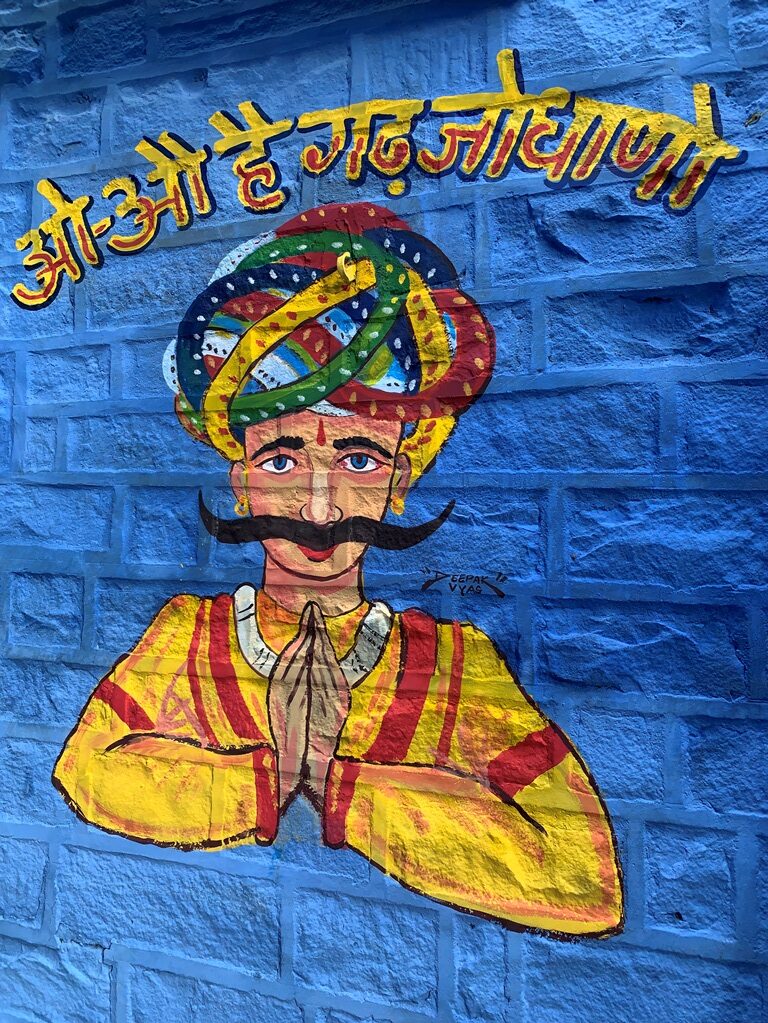
Walking, wandering: In the heart of the city
The walk in itself is a charming one and if one listens and observes closely, there are the soothing sounds and sights to give you company—the birdsong; a gentle whistle of the breeze as you cross the walled area of the park; the silent ripples of the water in a canal that’s over 400 years old; the enigma of the architecture that you keep staring at, gobsmacked at how the experts of the time ended up creating these marvellous palaces and forts, keeping in mind not just the aesthetics but also security for the kingdom, designing in a manner that threats from enemies were minimised. Consider the small alcove-like structures on the walls surrounding the fort. On the face of it, these were resting places for birds but Bhati explains how these tiny areas were actually a natural alarm system for guards if anyone tried to intrude into the fort. “You couldn’t climb the walls without sending the birds out in a flurry, thus awakening the guards,” Bhati explains.
Depending on where we are, our location, and our walk changes—think about it. When you’re in a busy marketplace, you navigate your way through the bends with a sense of purpose, a busyness that permeates your mind, allowing you to rarely stop. It’s what we do when we go through the winding streets of Vyapariyon Ka Mohalla in Pungal Pada. This is where, among other places, lies the famous Chaturbhuj Rameshchandra, its sweet gulab jamun a favourite with tourists. You move around quickly here to avoid mishap —a scooter can almost collide with you if you’re not careful or stray dogs and cows might take you by surprise if you’re not alert. Then there are people going about the daily grind—women cleaning the outer areas of their homes with broomsticks; a worker cleaning oversized utensils; people huddled inside an ancient temple offering prayers of hope and better days to the deity; a gentleman reading his newspaper while sipping chai and watching the world go by; a pack of dogs huddled near the shops that are serving food and sweetmeats… you see the weathered wooden doors along with the faint blue walls, and far from looking beaten and worn out, it’s almost as if it’s a passage into time, into the rich legacy and history of Jodhpur.
Compared to these narrow streets where you walk purposefully at a hectic pace, the walk along the Mehrangarh Fort area is both contemplative and mystical. Staring at the silhouette of Mehrangarh Fort in the morning hours just when dawn has broken is an experience to savour. Staring at this historically imposing structure, which was built in 1459, it is tough not to gasp in wonder as the sky starts to change its colour—the amber glistening finally to reveal the splendour of the iconic fort. Just gazing at this historical structure becomes an exercise to pause, reflect, and move one step at a time while soaking in the sights and sounds of the city. And no matter how hard we try, capturing the beauty of it all in our phone cameras just doesn’t work. All you want to do then is hum a favourite melody, quieten the mind, and watch the sunrise.
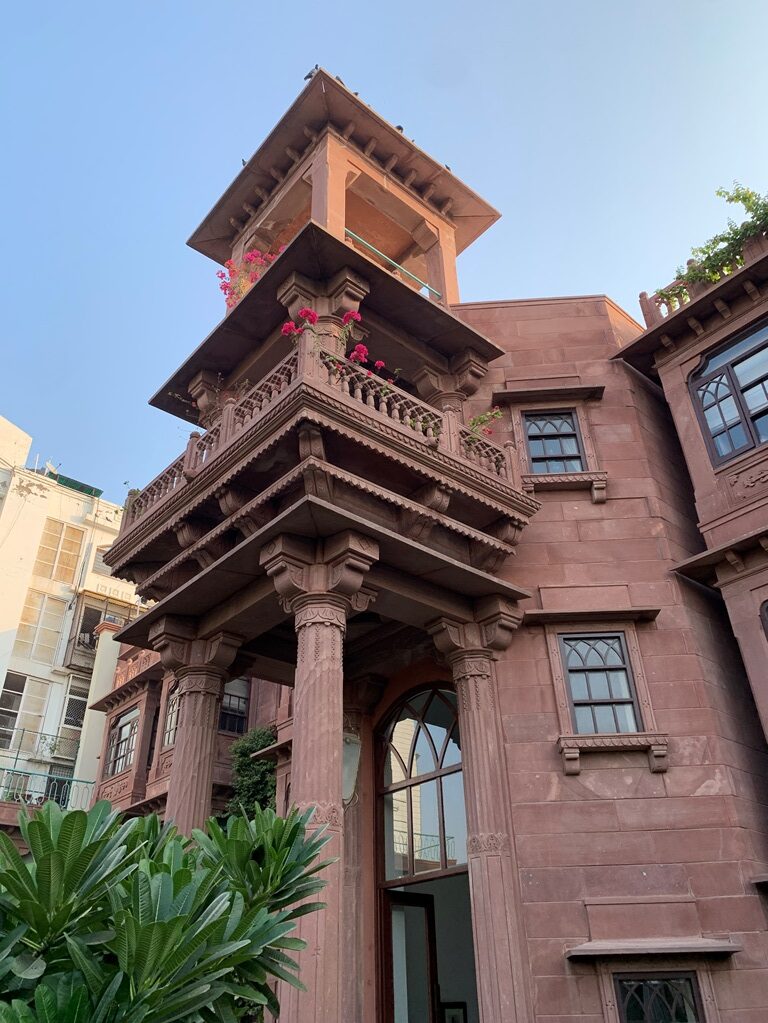
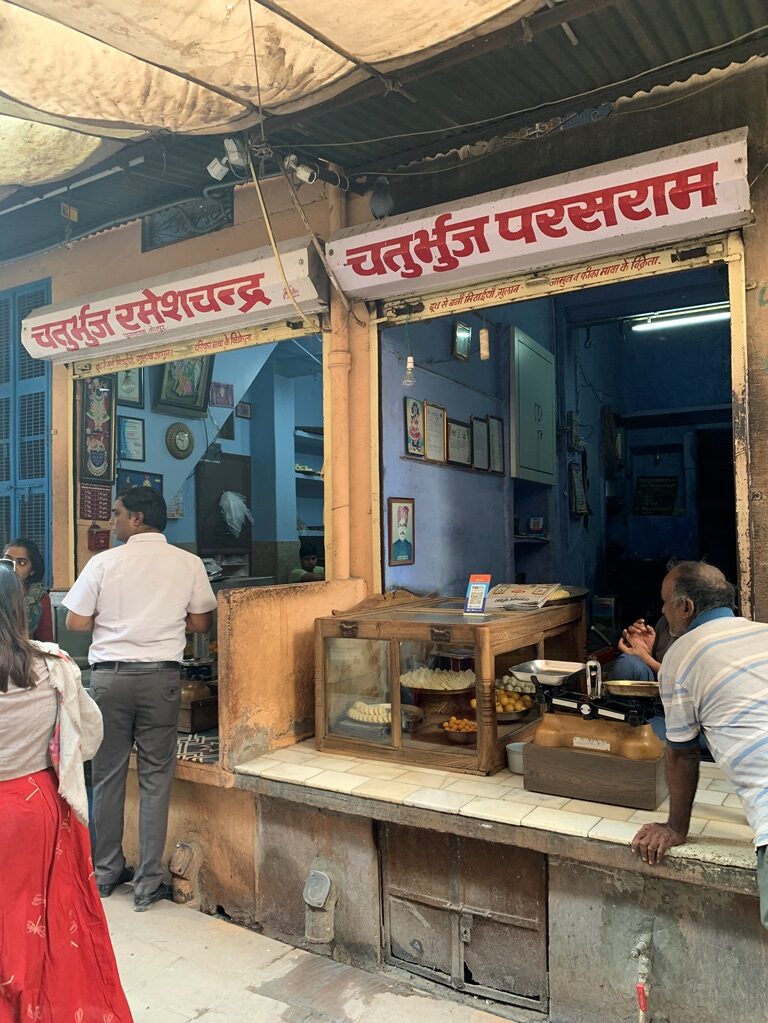
While Mehrangarh Fort is considered the “starting point of Jodhpur”, the fact is it doesn’t quite matter, simply because there is immense joy in wandering about the city. As we soak in the views from atop the terrace of a 300-year-old home, which is run by Chandrakala, a widow who, after the death of her husband, supplements her income by serving simple but delicious local fare to tourists, Jodhpur appears like a city that’s been dyed in shades of indigo. We have besan (gram flour) and dhaniya (coriander) paranthas with pickle, delicious poha, all of this scrumptious breakfast washed down with masala chai.
It’s quite an experience to sit around, take deep breaths, and look at the deep blue shades of the houses for as long as your eye can travel. From the terrace, which offers a bird’s eye view of the place, the haphazard but compelling designs of Jodhpur city look like an enigma, waiting to be unravelled. It’s a rich feeling, just staring at the maze of these houses, all of them blending some shade of the blue of one home with the other, almost as if someone has taken a blank canvas and painted it in a predominant shade of this colour.
If there are stories galore as to why Jodhpur has so many of these teal and sapphire-shaded houses, one can’t help but think of Chefchaouen, the famous Moroccan city also famous for its blue hue. Interestingly, Chefchaouen, founded in 1471, got its distinctive colour in the 1490s, when it received an influx of Jews escaping the Spanish inquisition, the former bringing with them the tradition of painting their buildings in a blue colour.
For more information, visit the website:
https://www.daspanhouse.com/


